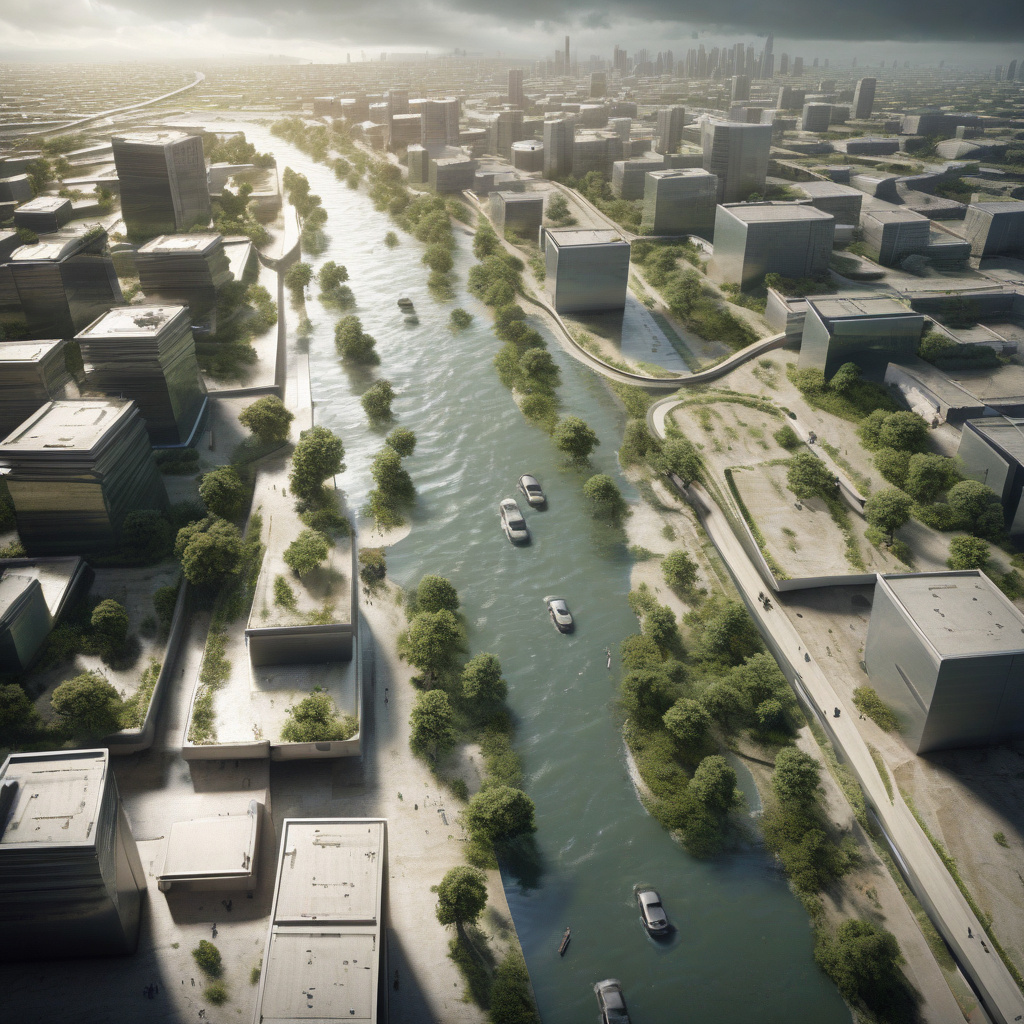An Engineer’s Blueprint: Designing the Future of Flood Defense
In the realm of urban planning and infrastructure development, the looming threat of climate change has significantly altered the landscape of how engineers approach the design and implementation of flood defense systems. With the increasing frequency and intensity of extreme weather events, such as storm surges and heavy rainfall, the need for innovative and robust flood defense mechanisms has never been more pressing.
Consider this scenario: a single storm surge can cripple a coastal megacity, flooding subway systems, wrecking sewage networks, and causing billions of dollars in damages. The aftermath of such an event not only highlights the vulnerabilities of our existing infrastructure but also underscores the urgent need for proactive measures to mitigate the impact of future disasters.
Engineers play a crucial role in shaping the future of flood defense through their expertise in designing resilient and sustainable solutions that can withstand the challenges posed by a changing climate. By leveraging cutting-edge technology, data analytics, and interdisciplinary collaboration, engineers are at the forefront of developing innovative strategies to safeguard communities against the devastating effects of flooding.
One key aspect of modern flood defense systems is the incorporation of nature-based solutions that work in harmony with the environment to provide protection against floods. Green infrastructure, such as bioswales, rain gardens, and permeable pavements, helps to absorb and divert excess water, reducing the strain on traditional drainage systems and mitigating the risk of urban flooding.
Furthermore, the use of advanced modeling and simulation tools enables engineers to predict flood patterns with greater accuracy, allowing for the optimization of flood defense strategies and the identification of high-risk areas that require immediate attention. By harnessing the power of data and technology, engineers can develop comprehensive flood risk management plans that take into account various factors, such as land use, hydrology, and climate projections.
In addition to technological advancements, community engagement and stakeholder involvement are integral components of effective flood defense strategies. Engineers must work closely with local residents, government agencies, and other key stakeholders to ensure that flood defense projects are tailored to the specific needs and challenges of the community. By fostering a collaborative approach to flood risk management, engineers can garner support for their initiatives and create a sense of shared responsibility for building a more resilient future.
As we look ahead to the future of flood defense, it is clear that the role of engineers will continue to evolve in response to the ever-changing climate landscape. By staying at the forefront of innovation, embracing sustainable practices, and engaging with communities, engineers can pave the way for a more resilient and adaptive approach to flood risk management.
In conclusion, the future of flood defense lies in the hands of engineers who are dedicated to designing sustainable, nature-based solutions that prioritize community resilience and environmental stewardship. By leveraging technology, data, and community engagement, engineers can shape a future where our cities are better equipped to withstand the challenges of a changing climate and emerge stronger in the face of adversity.
#engineers, #flooddefense, #climatechange, #resilience, #urbanplanning










